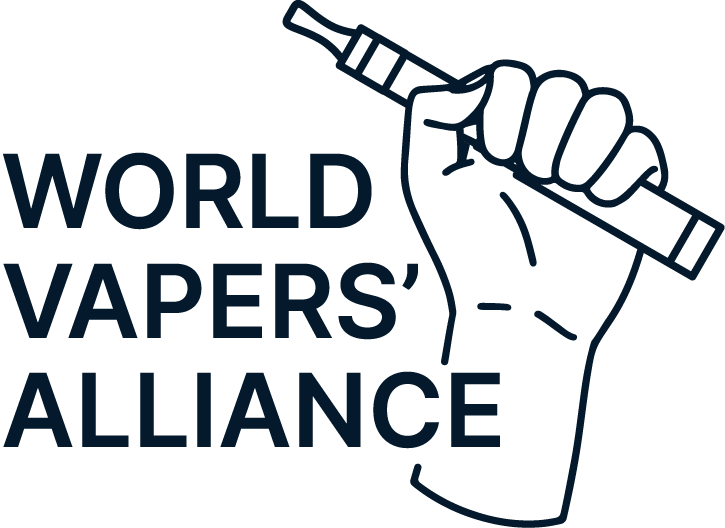Roken blijft in heel Europa een van de meest urgente uitdagingen voor de volksgezondheid, maar de aanpak van de EU om een rookvrij doel te bereiken, verkeert in de problemen. Met de huidige strategieën ter beperking van de schade zal de EU naar verwachting haar doelstelling om in 2040 een rookpercentage van 5% te bereiken, met maar liefst 60 jaar missen. Landen zoals Duitsland hebben nog steeds een rookpercentage van rond de 30%, en 15% van de adolescenten rookt ook. Deze gegevens suggereren dat de bestaande benaderingen, met name de strenge anti-vapingmaatregelen, niet alleen hebben gefaald, maar de situatie zelfs zouden kunnen verergeren. In plaats van dit ineffectieve beleid te heroverwegen, verdubbelen sommige EU-beleidsmakers de inzet door nog strengere beperkingen voor te stellen, waaronder het beperken van de toegang tot minder schadelijke nicotine-alternatieven zoals vapen, nicotinezakjes en verwarmde tabaksproducten. Het is een zorgwekkende strategie, vooral wanneer veiligere opties worden beperkt terwijl traditionele sigaretten toegankelijk blijven.
Daarentegen hebben succesvolle modellen voor schadebeperking in Zweden en Nieuw-Zeeland belangrijke overwinningen op het gebied van de volksgezondheid behaald door een totaal andere aanpak te hanteren. In plaats van simpelweg een verbod op te leggen, hebben deze landen rokers in staat gesteld over te stappen op minder schadelijke producten zoals snus, vapen en nicotinezakjes. Zweden heeft bijvoorbeeld de laagste rookpercentages van Europa en heeft het aantal aan roken gerelateerde ziekten, waaronder kanker, drastisch verlaagd. Door de toegang tot minder schadelijke alternatieven te ondersteunen, heeft Zweden bewezen dat schadebeperking werkt en dat pragmatisch, consumentvriendelijk beleid essentieel is om mensen aan te moedigen te stoppen met roken.
Nieuw-Zeeland biedt een ander overtuigend voorbeeld van effectieve schadebeperking. In de afgelopen vijf jaar is Nieuw-Zeeland erin geslaagd het aantal rokers te halveren, grotendeels door zich te richten op toegankelijke, gereguleerde alternatieven. Momenteel is het land op weg om het volgende land te worden dat een rookvrije status bereikt, met minder dan 5% van de volwassenen die roken. Het succes van Nieuw-Zeeland getuigt van de effectiviteit van consumentvriendelijke, gereguleerde nicotineproducten met een lager risico, die snellere en betere resultaten voor de volksgezondheid opleveren. Door prioriteit te geven aan wetenschappelijk onderbouwd beleid dat inspeelt op de behoeften van rokers, heeft Nieuw-Zeeland aangetoond dat verstandige regulering van veiligere alternatieven zinvolle veranderingen teweeg kan brengen en het aantal rokers snel kan verlagen.
Terwijl de EU worstelt met ineffectief beleid, bieden de ervaringen van Zweden en Nieuw-Zeeland een overtuigende routekaart. In plaats van veiligere alternatieven te beperken, zouden EU-beleidsmakers zich moeten richten op wetenschappelijk onderbouwde schadebeperking. Een gereguleerd kader dat onderscheid maakt tussen roken en veiligere alternatieven zou de EU kunnen helpen echte stappen te zetten naar een gezondere, rookvrije toekomst.







